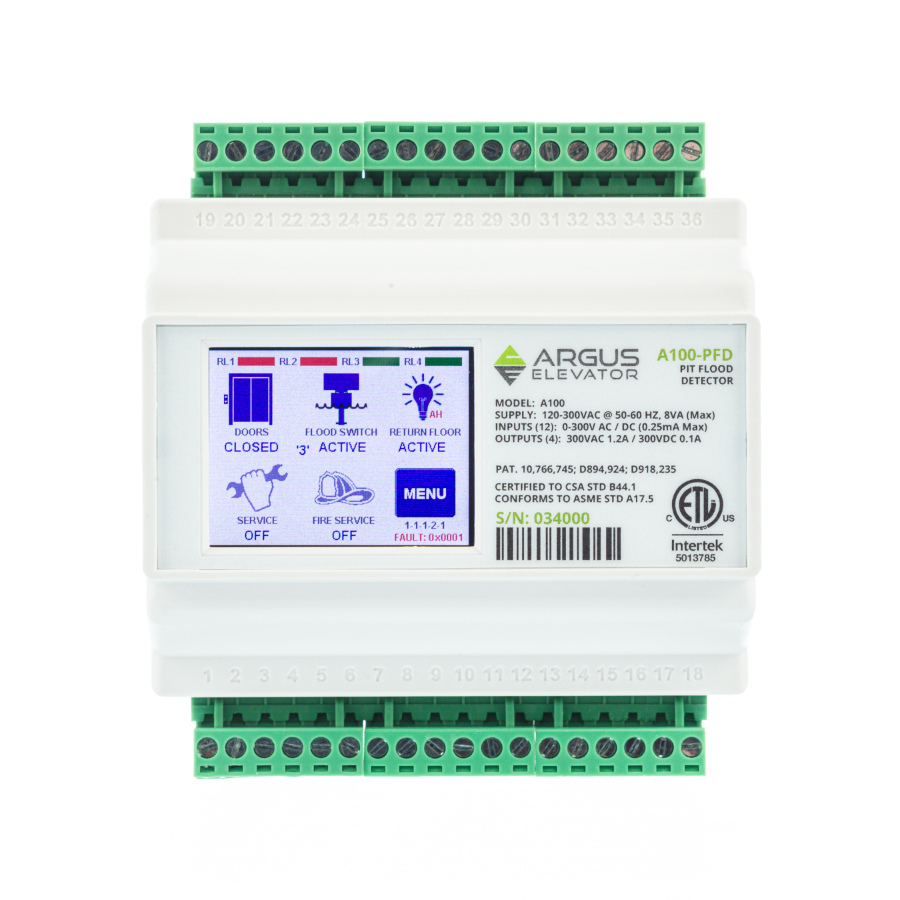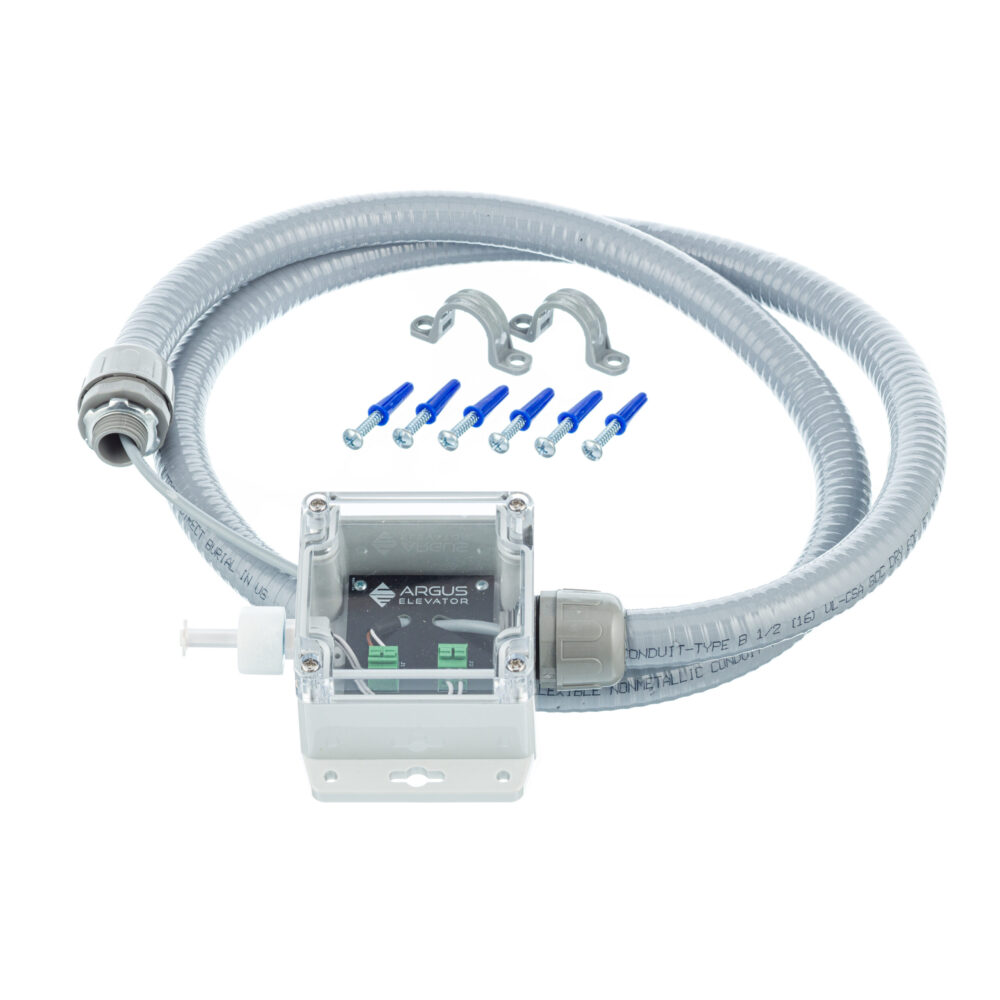Part 7: Other Modes & Complexities – The Hidden Challenge
Part 7: Other Modes & Complexities – The Hidden Challenge
🧠 Part 7: Other Modes & Complexities – The Hidden Challenge
Series Part 7 of 8: Houston 3003.4 vs. ASME A17.1 – Pit Flood Detection
When it comes to flood detection, the complexity of additional operational modes can make things tricky. Let’s break down how ASME A17.1 handles this and why Houston 3003.4 keeps it simpler.
ASME A17.1 includes multiple operational modes that must be accounted for:
🚑 Hospital Service
🔥 Firefighters’ Emergency Operation
🌎 Earthquake Emergency Operation
🔍 Inspection & Hoistway Access Modes
These add complexity—especially when retrofitting older systems, which may lack the necessary sensors or inputs.
One example:
“For elevators on Inspection Operation or Hoistway Access Operation, the elevator car shall not be permitted to travel down when below the flood elevation or travel up where the bottom of the counterweight will descend below the flood elevation, except that travel shall always be permitted to allow elevator personnel to exit the car top at a landing.”
Requirements such as this one require a knowledge of the exact location of the elevator, which requires additional sensors and inputs that may not be available.
Houston’s 3003.4 code intentionally avoids this complexity. Its goal is simple:
- Detect water
- Alert management
- Move the car and passengers to safety
- Disable the elevator
- Require a licensed contractor to reset
🔍 Summary:
A17.1 is comprehensive—for new elevators with full access and control over firmware and signals
Houston’s 3003.4 is practical—for bringing existing elevators into safer operation
💡 Final post next: Our top 5 money-saving recommendations. 💰



